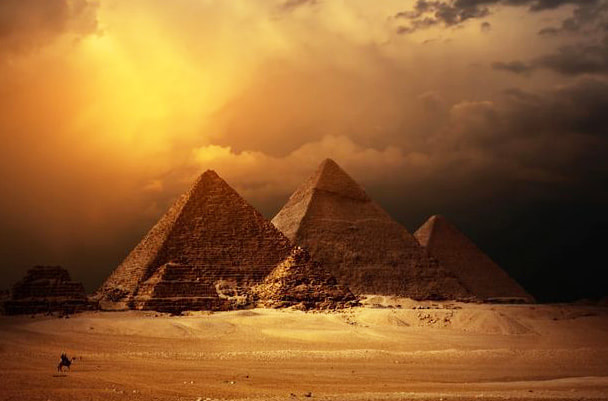
Church history is a treasure box, not a map. As Christians, we do not honor our forefathers and mothers by seeking to return to their times; rather, we honor them by receiving their wisdom and learning from their victories and failures. We retrieve from the past the elements and tools needed for faithfulness today. No golden age of Christianity existed in the past, only an unbroken line of broken sinners saved by the grace of God and empowered to transmit the gospel to the next generation.
Extracted From: Trevin Wax, This Is Our Time: Everyday Myths in Light of the Gospel (2017).




 RSS Feed
RSS Feed
